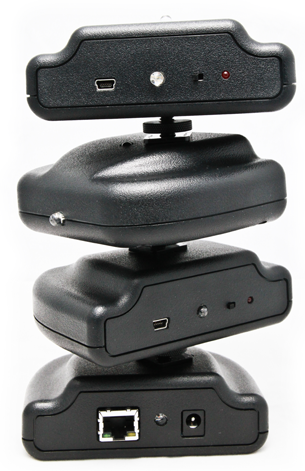General Information
This page is definitely under construction as I am not exactly sure if and when I will be able to lay out detailed steps in building this system. I've listed the resources adequately on these pages for anyone with specific knowledge and skill to be able to figure out the steps necessary to complete this project. The process is not for the faint in heart but rather for those who have general knowledge of building kits, PCB boards, soldering, ordering the necessary components and have general knowledge of electronics as well as the Arduino ecosystem of microcontrollers. Please visit and explore the resources at http://skaarhoj.com/ as it is the basis for this whole project.
